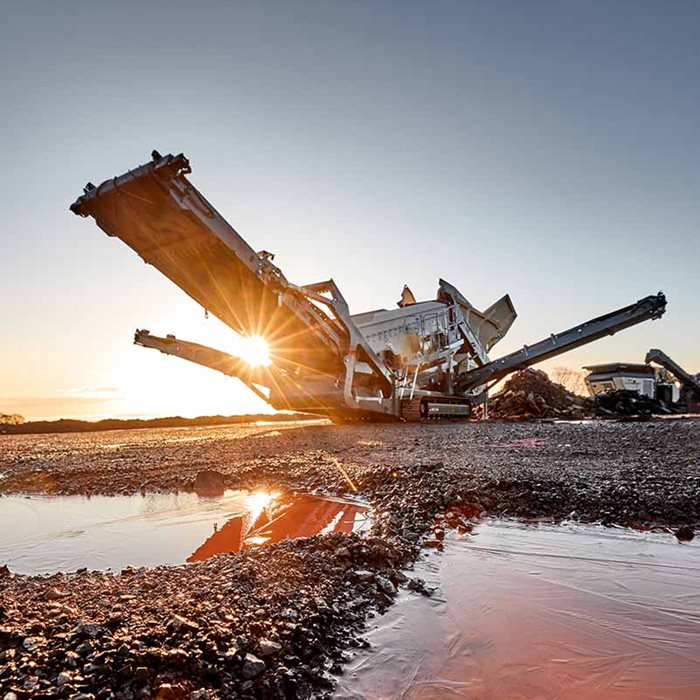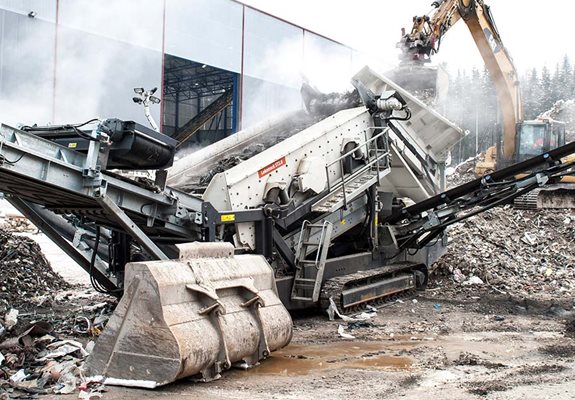
Profitability
Make use of material that would otherwise be waste. Less transportation needs and dumping costs.
Environment and safety
Less raw materials required. Reduced need for loading, unloading and trucking.
Easy to move
Mobile and portable equipment. Simple to move around or relocate whenever needed.
High dependability
Robust and field-proven technologies. Over 1,500 field service experts and 40+ service centers globally.
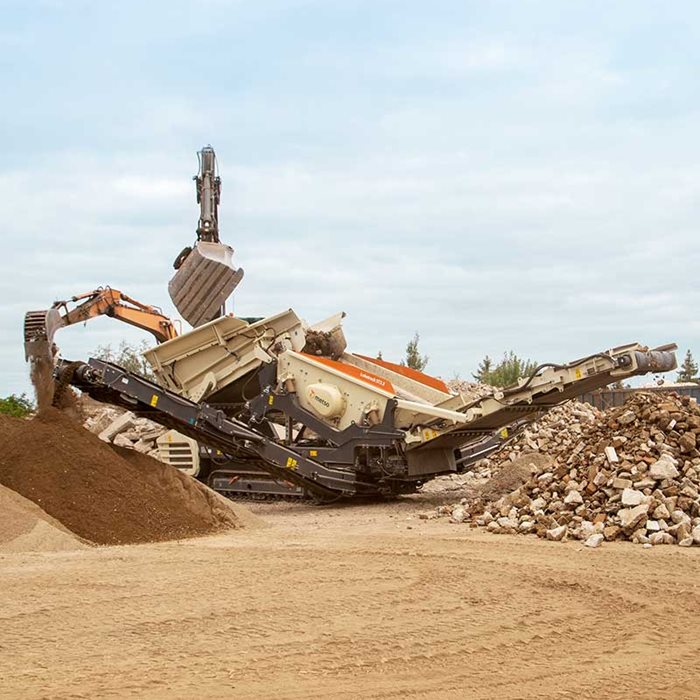
Rapid urbanization and population growth have increased the demand for new housing, urban environments and infrastructure.
While roads, buildings and bridges are renovated and renewed, massive amounts of construction and demolition waste is generated around the world.
To cope with both rising stockpiles of waste and yet growing need for raw materials, governments have started to impose new environmental regulations encouraging to use recycled materials instead of natural resources.
Waste rarely is a good news. The silver lining, however, is that construction and demolition waste is not in the end of its lifecycle, quite the opposite. It is an endless source of raw materials for various purposes and products.
Construction and demolition waste comprises multiple economically valuable materials such as reusable aggregates, bitumen, brick, cardboard, concrete, metals, mineral wool and wood, many of which can be sold directly or used in new products, construction materials or in energy production.
In an optimal case this waste is processed near the demolition site, making the discarded matter a continuous stream of raw materials for new roads, buildings, bridges and urban landscape.
Recovering as much materials as possible also has another benefit. Oftentimes, heavy and bulky waste is expensive to dump in landfills or store in stockpiles. The larger the proportion of materials reused, the greater are the savings in waste management costs.
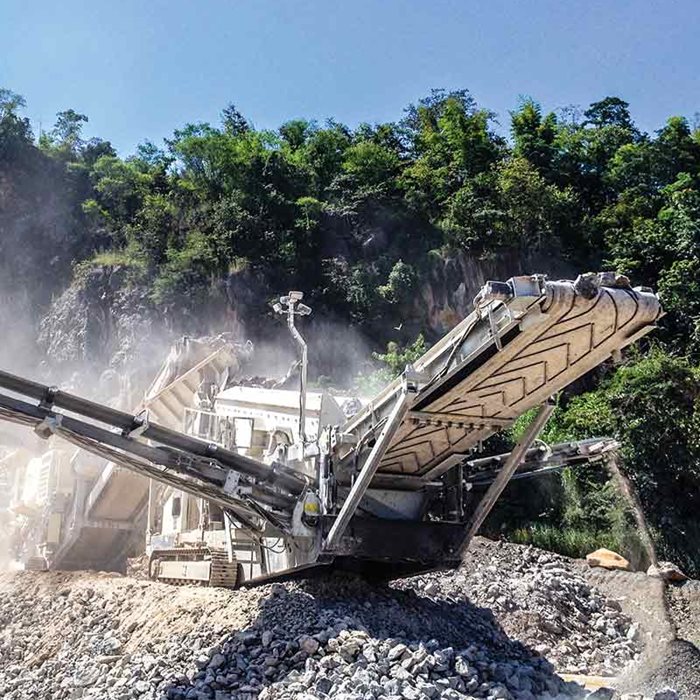
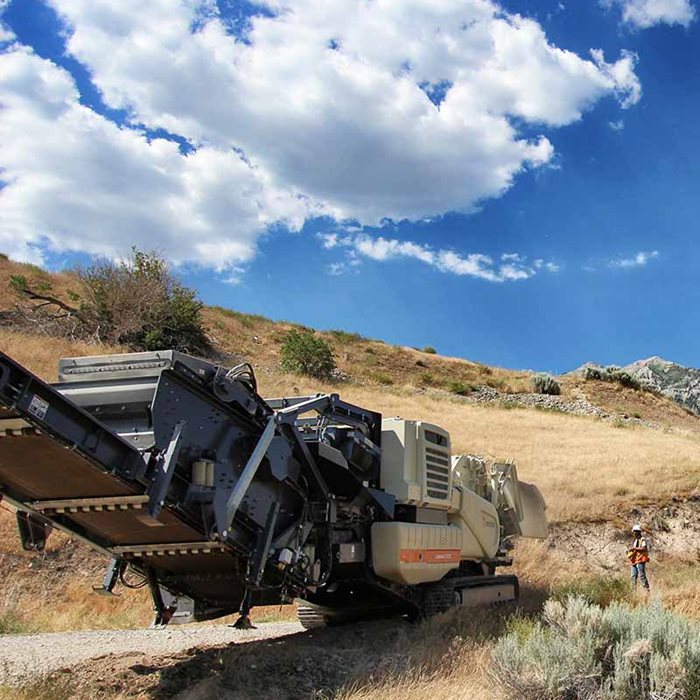
Many of the challenges in processing construction and demolition waste are caused by the variable properties of the materials. By nature, the waste generated at demolition sites is bulky and often heavy, which increases transportation costs.
Reducing the waste to smaller and uniform grain size makes it easier and faster to handle. Furthermore, the different materials can be separated from each other earlier in the recycling process, resulting in increased efficiency and productivity.
The closer the worksite this processing is done, the less there is need for expensive and time-consuming loading, unloading, and truck traffic to and from the site, which not only costs but also generates unnecessary emissions and safety risks for the workers.
Construction with recycled aggregates is no different from construction with gravel or customary aggregates.
The characteristics of the materials utilized, however, must meet the requirements of the built structure, road or any other application the material is used for.
Recycled concrete and rubble are excellent alternatives for example for bases of roads and sports fields, sound barriers and parking lots.
Better load-bearing capabilities have been measured with thinner layer thickness when crushed concrete has been used.
Another good application for recycled material is the use of crushed concrete as riprap dust and erosion control.
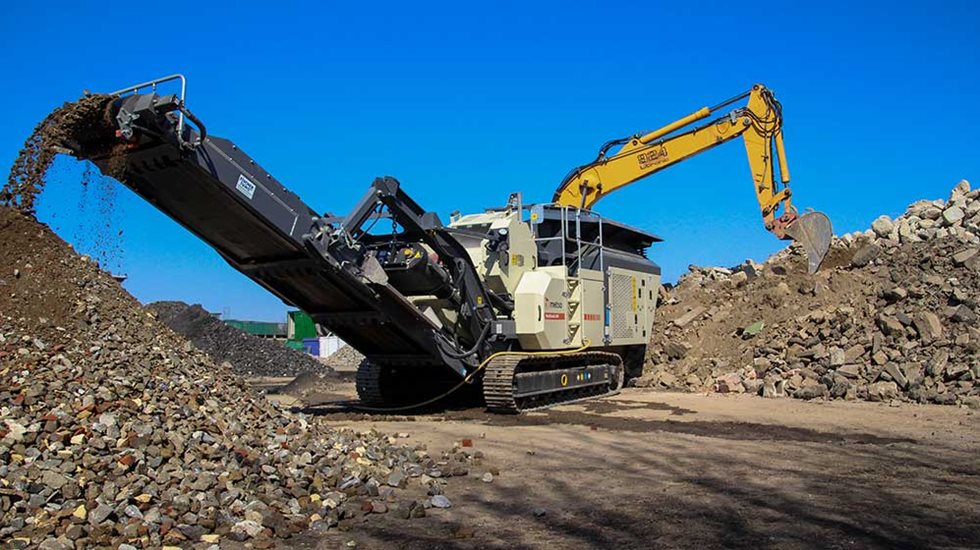
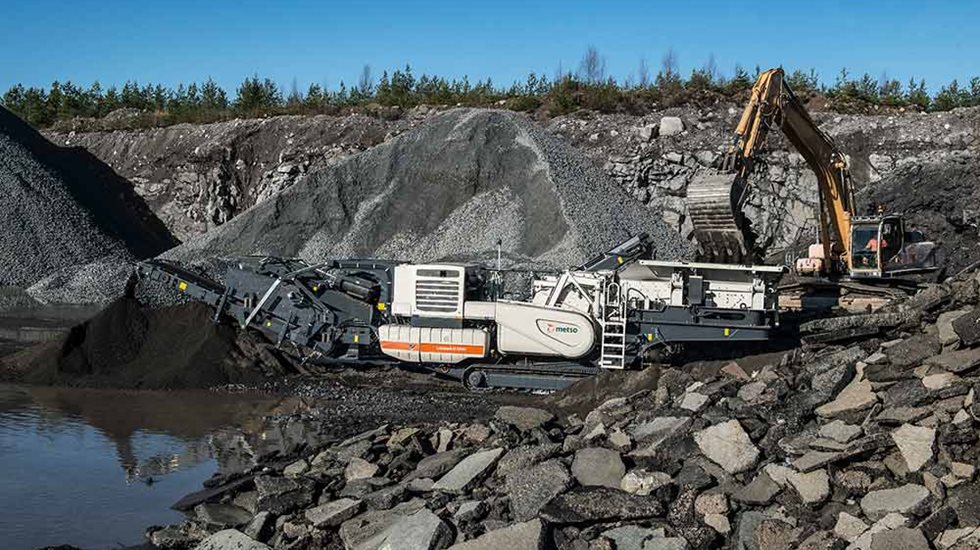
Old asphalt is often seen as worthless waste material because its two main ingredients, bitumen and aggregates, are difficult to recycle. Bitumen becomes sticky in hot temperatures and aggregates need to be the right size for further use.
In the past, asphalt was rarely reclaimed at all – and when it was recycled, it was done by melting, which consumed lots of energy.
Luckily times have changed. A modern asphalt station can create a new asphalt mix with up to 70% of the recycled asphalt pavement (RAP). Using reclaimed asphalt is increasingly replacing using virgin aggregate not only to save costs but also for its sustanability - using RAP saves CO2e emissions and keeps waste out of landfills.
Metso equipment offering for construction and demolition waste recycling consists of crushers, shredders, screens and conveyors.
Our customers tend to prefer mobile and portable equipment for flexibility and ease but stationary models are also available.
A crusher or a shredder?
As a rule of thumb, when most of the recyclable material is medium-hard or hard, such as asphalt, bricks, tiles, concrete or old aggregate, then the optimal solution often is a crusher.
Shredders, on the other hand, are efficient especially when the waste consists mostly of softer materials like wood, insulation materials, plastics, and general mixed waste.
